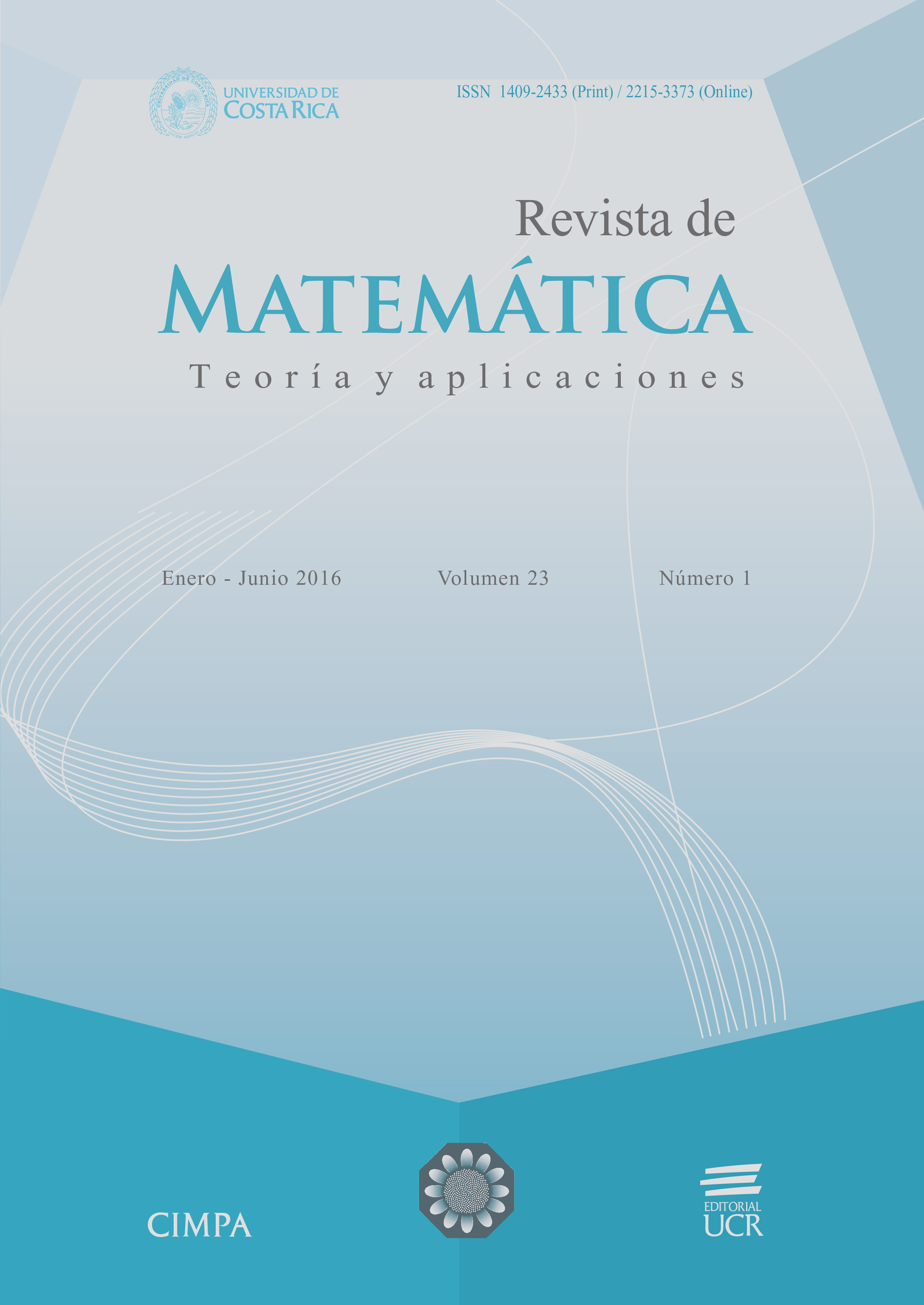Abstract
k-NN algorithms are frequently used in statistical classification. They are accurate and distribution free. Despite these advantages, k-NN algorithms imply a high computational cost. To find efficient ways to implement them is an important challenge in pattern recognition. In this article, an improved version of the k-NN Controlled Condensation algorithm is introduced. Its potential for instantaneous color identification in real time is also analyzed. This algorithm is based on the representation of data in terms of a reduced set of informative prototypes. It includes two parameters to control the balance between speed and precision. This gives us the opportunity to achieve a convenient percentage of condensation without incurring in an important loss of accuracy. We test our proposal in an instantaneous color identification exercise in video images. We achieve the real time identification by using k-NN Controlled Condensation executed through multi-threading programming methods. The results are encouraging.
References
Artigas, J.M.; Capilla, P.; Felipe, A.; Pujol, J. (1995) Óptica Fisiológica: Psicofísica de la Visión. McGraw-Hill/Interamericana de España, Madrid.
Coren, S.; Ward, L.M.; Enns, J.T. (2001) Sensación y Percepción. McGraw-Hill/Interamericana de México, México.
García, S.; Derrac, J.; Cano, J. R. ; Herrera, F. (2010) “Prototype selection for nearest neighbor classification: Survey of methods”, Technical Report T–4–2010–PS Methods, Soft Computing and Intelligent Information Systems Research Group, Universidad de Granada. Disponible nen: http://sci2s.ugr.es/sites/default/files/files/TematicWebSites/pr/T-4-2010-PSMethods.pdf.
Garcia, S.; Derrac, J.; Cano, J.R.; Herrera, F. (2012) “Prototype selection for nearest neighbor classification: Taxonomy and empirical study”, Pattern Analysis and Machine Intelligence, IEEE Transactions on 34(3): 417–435.
Gonzalez R. C.; Woods R. E. (2008) Digital Image Processing, 3rd Edition. Pearson Prentice Hall, Upper Saddle River NJ.
Guo, G.; Wang, H.; Bell, D.; Bi, Y.; Greer, K. (2003) “KNN model-based approach in classification”, in On The Move to Meaningful Internet Systems 2003: CoopIS, DOA, and ODBASE, Springer, Berlin: 986–996.
Hughes, C.; Hughes T. (2008) Professional Multicore Programming: Design and Implementation for C++ Developers. Wrox, Indiana.
Ilea, D.E.; Whelan, P.F. (2011) “Image segmentation based on the integration of colour-texture descriptors-A review”, Pattern Recognition 44(10): 2479–2501.
Jiménez, R.; Cuevas, C. (2011) “Curvas ROC y vecinos cercanos, propuesta de un nuevo algoritmo de condensación”, Revista de Matemática: Teoría y Aplicaciones 18(1): 21–32.
Lalkhen, A.G.; McCluskey, A. (2008) “Clinical tests: sensitivity and specificity”, Continuing Education in Anaesthesia, Critical Care & Pain 8(6): 221–223.
Ripley B.D. (1996) Pattern Recognition and Neural Networks. Cambridge University Press, Cambridge.
